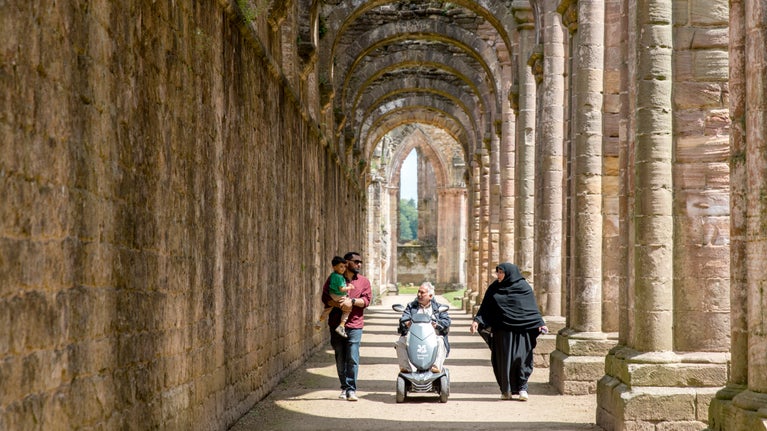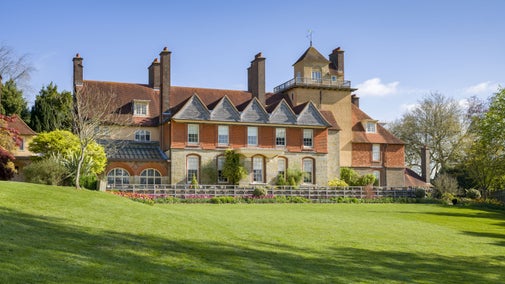
Where will you visit next?
Discover lots of gardens, historic houses, days out at the coast and more.

World Heritage Sites are regarded as being worthy of preservation due to their universal value to humanity, for both present and future generations, and are listed by UNESCO. There are currently 33 recognised sites in the UK and we look after places at nine UNESCO World Heritage Sites.
A World Heritage Site is a cultural or natural landmark that has been recognized by the United Nations Educational, Scientific and Cultural Organization (UNESCO). Each site is held in collective trust, 'belonging to all the peoples of the world, irrespective of the territory on which they are located' and is legally protected by international treaty.
A site must possess ‘outstanding universal value’ and meet at least one of the ten cultural and natural criteria. These include: diversity of human values, development of urban or settlement form, reference to history or living traditions (cultural), or superlative natural phenomena, exemplifying geological, biological and ecological processes, or in-situ preservation of biodiversity (natural).


This article contains information written by Fiona McKendrick from the University of Oxford. Fiona specialises in museum studies, heritage outreach and public engagement. She enjoys using web platforms, digital media and technology to forge new connections between her research, the institutions that conserve historical sites and landscapes and the people that experience them.

Discover lots of gardens, historic houses, days out at the coast and more.

Immerse yourself in centuries past at one of the castles, ruins and forts in our care. Uncover the stories behind these historic buildings and learn about their previous residents.

We care for hundreds of historic gardens, encompassing more than 500 years of history and a range of garden styles and fashions. Learn about the most famous and significant gardens you can visit.

Challenge yourself to build a World Heritage Site or historic place with whatever you have at home and discover the history and legends of your favourite landmark.

The Arts and Crafts movement emerged from a desire to revive traditional craftsmanship during the Victorian industrialisation period. We look after a selection of these houses, many of which feature William Morris designs and interiors.